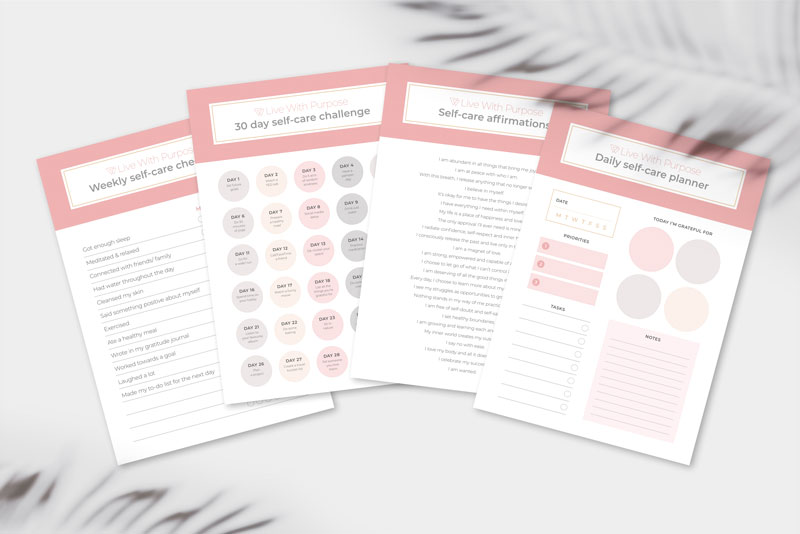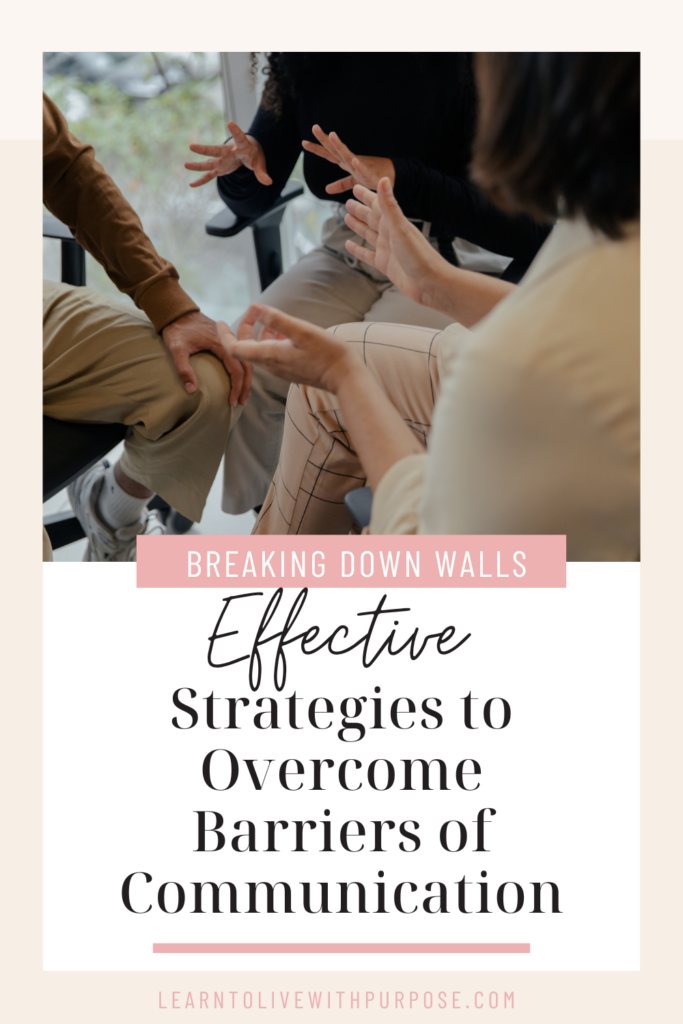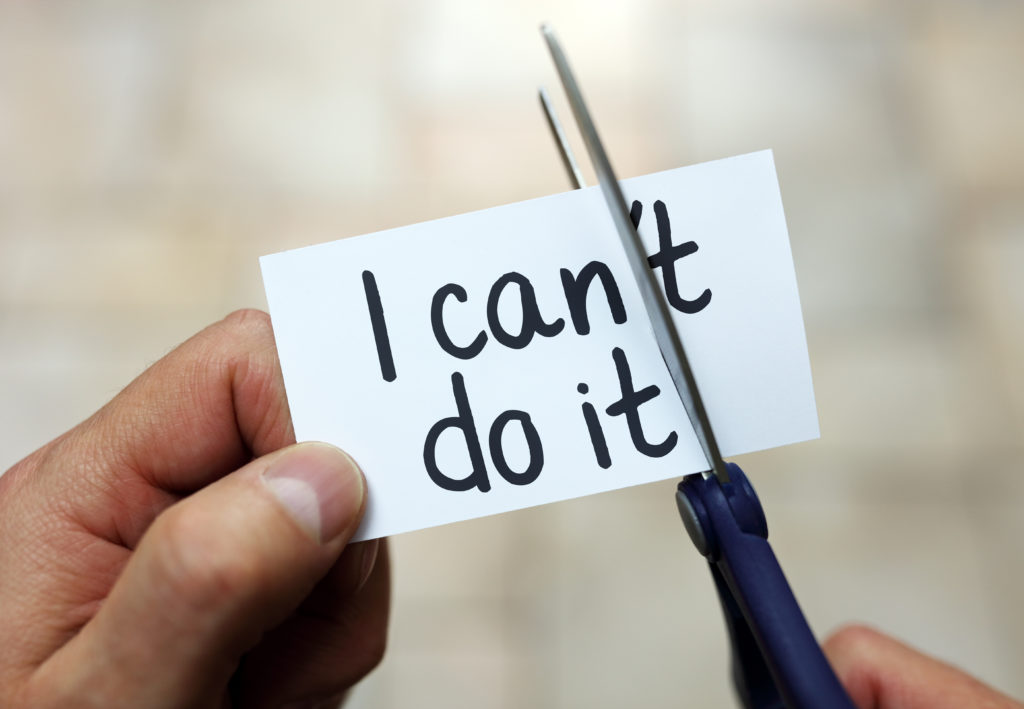
Communication is the lifeblood of relationships, both personal and professional. However, barriers to effective communication can hinder the exchange of ideas, lead to misunderstandings, and strain relationships. 🫠
In this comprehensive guide, we will explore common barriers to communication and provide practical strategies to overcome them.
Whether you’re navigating workplace dynamics, fostering better connections with friends and family, or seeking to improve your overall communication skills, these insights will help you break down the walls that impede effective communication. 🙂
Let’s get started!
Understanding Barriers to Communication:
1. Lack of Clarity and Precision:
One of the fundamental barriers to effective communication is a lack of clarity. Vague or imprecise messages can lead to confusion and misinterpretation. It’s essential to articulate your thoughts clearly, using precise language and providing relevant details to ensure your message is accurately received. 😊
2. Emotional Barriers:
Emotional barriers, such as stress, anxiety, or strong emotions, can impede communication. When individuals are emotionally charged, they may struggle to express themselves clearly or be receptive to others. Managing emotions and creating a calm environment are crucial for effective communication.

3. Cultural and Language Differences:
Cultural and language diversity can create barriers to communication. Differences in language proficiency, communication styles, and cultural norms may lead to misunderstandings.
To overcome this barrier, it’s essential to foster cultural awareness, be patient with language differences, and use clear and straightforward language. 😊
4. Noise and Distractions:
Physical and environmental factors, such as noise and distractions, can interfere with communication. Whether it’s background noise, technological disruptions, or a busy environment, minimising distractions enhances the clarity and effectiveness of communication. 👂

5. Assumptions and Stereotypes:
Preconceived assumptions and stereotypes can create barriers by influencing how we interpret messages. Avoid making assumptions about others’ perspectives or intentions. Instead, approach communication with an open mind, seeking to understand diverse viewpoints without judgment. 🧠
6. Lack of Feedback:
Communication is a two-way process, and the absence of feedback can be a significant barrier. Encourage open dialogue, actively seek input from others, and provide constructive feedback. Creating a feedback loop ensures that messages are received and understood and not going in one ear and out the other.

7. Poor Listening Skills:
Ineffective listening is a pervasive barrier to communication. When individuals fail to actively listen, they miss important details, leading to misunderstandings. Improving listening skills involves giving full attention, avoiding interruptions, and practicing empathy to understand the speaker’s perspective. 😊
8. Power Dynamics and Hierarchies:
Unequal power dynamics or hierarchies within relationships or organisations can stifle open communication. Those in lower positions may feel hesitant to express their thoughts or concerns. Fostering an inclusive and open communication culture helps overcome these power-related barriers. 🫂
Strategies to Overcome Communication Barriers:
1. Prioritise Clarity in Communication:
- Articulate Clearly: Use clear and concise language when conveying your message. Avoid jargon or overly complex terms that may confuse the listener.
- Provide Context: Offer relevant background information to ensure your message is fully understood. Context helps the listener connect the dots and interpret your message accurately.
- Encourage Clarification: Create an environment where others feel comfortable seeking clarification. Encouraging questions can help address potential misunderstandings. 🤗

2. Emotional Intelligence and Regulation:
- Self-Awareness: Develop an understanding of your own emotions. Recognise how emotions may impact your communication style and be mindful of potential emotional triggers.
- Empathy: Practice putting yourself in others’ shoes. Empathetic communication involves understanding others’ perspectives and responding with sensitivity.
- Stress Management: Learn effective stress management techniques, such as deep breathing or mindfulness, to regulate emotions during challenging conversations.
Want to learn more about emotional intelligence? Check out this blog here: How to practice emotional regulation – tips for adults on how to cope
3. Cultural Sensitivity Training:
- Cultural Awareness: Educate yourself about different cultures, communication styles, and customs. A culturally aware approach fosters understanding and respect.
- Language Simplification: In multilingual settings, use simple language and avoid idioms or slang that may not translate well. Visual aids can also help enhance understanding. 🤗
- Inclusivity: Create an inclusive environment that values and celebrates cultural diversity. Encourage open discussions about cultural differences to promote understanding.
4. Create a Distraction-Free Environment:
- Choose Appropriate Settings: Select quiet and conducive environments for important conversations. Minimse disruptions by choosing a location with minimal background noise.
- Digital Etiquette: In digital communication, turn off notifications and ensure a stable internet connection. This helps maintain focus during virtual meetings or discussions. 🧑💻
- Active Presence: Demonstrate active presence by giving your full attention to the speaker. Make eye contact and eliminate distractions to signal that you are fully engaged.

5. Challenge Assumptions and Stereotypes:
- Open-Mindedness: Approach conversations with an open mind, avoiding preconceived notions. Be willing to challenge your assumptions and consider alternative perspectives.
- Promote Diversity and Inclusion: Actively promote diversity and inclusion in your personal and professional spheres. Encourage dialogue that challenges stereotypes and fosters a culture of acceptance.
- Educate Others: Share information that challenges common stereotypes. Education is a powerful tool in breaking down barriers and promoting understanding. 📖
6. Establish a Feedback Culture:
- Encourage Open Dialogue: Foster an environment where open dialogue is encouraged. Create channels for constructive feedback and ensure that all team members feel comfortable expressing their opinions. 🗣️
- Regular Check-Ins: Conduct regular check-ins to gather feedback on communication processes. Identify areas for improvement and implement changes based on the feedback received.
- Model Constructive Feedback: Lead by example by providing constructive feedback. Demonstrating how to give and receive feedback creates a culture of continuous improvement.
7. Enhance Listening Skills:
- Active Listening Techniques: Practice active listening by giving your full attention to the speaker. Avoid interrupting and provide feedback to demonstrate that you are engaged.
- Paraphrasing: Paraphrase the speaker’s message to confirm understanding. This not only clarifies information but also signals to the speaker that you are actively processing their words. 💬
- Empathetic Listening: Cultivate empathetic listening by trying to understand the emotions behind the words. Consider the speaker’s perspective and respond with empathy.

GRAB YOURSELF OUR FREE SELF-CARE BUNDLE!
It’s time to take some time out for yourself love! Check out this four-page bundle of self-care goodness that you can use to relax, refresh and rejuvenate. You deserve it sis.
Pop your info in and download your bundle now ❤️
8. Promote Inclusive Communication:
- Equal Participation: Encourage equal participation in discussions, regardless of hierarchical positions. Create platforms where everyone has the opportunity to voice their opinions and ideas.
- Team-building Activities: Foster a sense of unity within the team through team-building activities. Shared experiences can break down barriers and create a more cohesive group.
- Leadership Modeling: Leaders should model inclusive communication. By demonstrating openness to diverse perspectives and ideas, leaders set the tone for an inclusive organisational culture. 🏬
Real-Life Applications:
1. Workplace Communication:
- Clear Communication Channels: Establish clear communication channels within the workplace. This includes well-defined reporting structures, open-door policies, and regular team meetings.
- Conflict Resolution Workshops: Conduct workshops on conflict resolution to equip employees with the skills needed to navigate disagreements effectively. Emphasise active listening and constructive feedback.👂
2. Personal Relationships:
- Quality Time: In personal relationships, allocate quality time for meaningful conversations. Create an environment where both partners feel comfortable expressing their thoughts and emotions.
- Shared Activities: Engage in shared activities to strengthen bonds. Activities that foster communication, such as cooking together or participating in a hobby, provide opportunities for connection. 👨👩👧
Do you want to know your partner better? Check out our Relationship Planner.
3. Conflict Resolution:
- Mediation Training: Provide mediation training for individuals involved in conflict resolution. Equipping team members with mediation skills enhances their ability to facilitate productive discussions. 🧘♀️
- Establishing Common Ground: Identify common ground during conflicts. Finding shared values or goals can serve as a foundation for resolution and create a more collaborative atmosphere.
Conclusion:
Effectively overcoming barriers to communication involves a multifaceted approach that integrates self-awareness, empathy, and a commitment to fostering an inclusive environment. By implementing these strategies in various aspects of our lives, we can dismantle communication barriers and pave the way for stronger connections, collaboration, and understanding. 🤗
As we actively apply these strategies, we contribute to creating a culture of effective communication—one where diverse perspectives are valued, feedback is embraced, and relationships thrive. Breaking down the walls that hinder communication is a transformative journey that leads to more meaningful connections and a more harmonious and connected world.
Pin this post for a reminder 📌 👇

Related Blog
Things to Say “No” to for you to Live a Happier Life
How to Stop Settling For Less Than You Deserve
How to Become the Best Version of Yourself: A Guide For 20-Somethings
“If you want to change your life you have to raise your standards”
Tony Robbins
Do you know what it means to raise your standards & what it takes to do so, so that you can live a life that you can look back on and say “Damn! I did that”?
No?
Well, keep reading Sis.
How you’re currently living your life is a reflection of the standards you hold for yourself at this very moment. They are the SET behaviours that you regularly choose to do all the time.
Sadly, a lot of people say “I SHOULD” do this a lot more than they say “I MUST” do this. There’s an endless list of all the things you SHOULD do in your life to make it better, but usually, it gets left to slip through the cracks and be forgotten about. When you make something a MUST in your life you will be willing to cut off any liabilities and distractions that will get in the way of you succeeding and will 100% find a way or make a way to get there. No excuses made.
High standards are what separates high achievers from everybody else. If you have high standards, you are more likely to achieve the goals you set out for yourself, this is because with every goal comes a certain set of requirements that you have to meet in order to achieve it. These requirements are reflected in the personal standards you uphold in relation to that goal.
When you have high standards you have a higher expectation of yourself, you are naturally willing to do more than the average person, which subsequently raises your standards of performance.
Sometimes it takes hitting rock bottom in order to feel that you have to shift your should into a must. Maybe you said “I really should make more money” then a couple of months pass and you experience some hardship on the way and you realise that you’re left with £1.09p in your bank account with no savings, in debt up to your eyeballs and about to lose your flat. A situation like this can finally make you think enough is enough and convince you to make lasting drastic changes to the standards you hold to yourself.
Finally acknowledging that something must change is an essential first step to change. The change won’t be easy as there’s no quick way to change your current beliefs. Just how it took time to create them (both good and bad) it will take time to build new ones. Even if you try to fake it for a while you will eventually go back to your core limiting beliefs. Rushing internal work will never work.
Jim Rhon: “The things easy to do are also not easy to do” – In Layman’s terms, the things you should do are things that are easy to do, hence why you don’t do them.
Your appearance: Are you happy with your weight? Are you happy with the condition of your skin?( If it’s in your control of course)
Finances: Do you pay your bills on time? Does your salary reflect the value you give to your employer? What does your spending habits look like?
Relationships: How do you allow others to treat you? Do you allow people to not treat you how you deserve?
Accomplishments: How often do you achieve the goals that you set? Are you currently settling for an average life because you don’t think you can achieve more?
Your appearance, how much money you make, what your current relationships look like right now and your accomplishments are all examples of your current standards for yourself. Having low standards will only take you so far in your journey towards living your best life. With low standards, you will struggle to put in the energy and find the resources needed to achieve what you want in life and subsequently you will end up with sub-par results. When you raise your standards you raise your expectations of yourself and from the people around you.

Where does the motivation come from?
To raise your standards you need to have a strong WHY. In other words, what is your reasoning to raise your standards? For example, saying you want to lose weight because everyone you know is trying to lose weight isn’t a strong enough reason. However, saying you want to lose weight so that you can live a longer, healthier life and see your children grow up and be there for them is a prime example, as the reason resonates with you personally, meaning you’re more likely to stick with it.
In order to raise your standards, the first step you would need to do is ask yourself “What are my standards right now?” What are you allowing to happen in your life? Sometimes we fall victim to letting ourselves off the hook because we set ourselves goals that never become a need.
Additional questions to ask yourself:
> What will I accept and no longer accept of myself?
> What standards do I have for the roles that I play in life (Parent, friend, Partner etc)
> Did I set these standards myself?
> Given the goals that I would like to achieve are my current standards hindering me in any way?
> Are my current standards getting in the way of me developing in any of the 8 core areas of my life?
The biggest reason people hate commitment is that when you commit to something (especially when you commit to other people) you HAVE to deliver. When you settle for just “trying your best” you give yourself lower expectations, making it “alright” if you don’t follow through with it because you gave it your “best shot”.
You’re unlikely to ever sink below your standards but how far are you willing to rise above them?
Raise your standards in these 4 areas of your life to help drastically improve the way you live:
Health
Improving the state of your health is so important. Being healthy isn’t all about drinking green juices and eating kale 7 days a week. Imagine being energetic in the morning, ready to take on the world with a spring in your step and a smile on your face. Raise your standards on how much sleep you get, how well you take care of your body and how well you eat and it will take care of you.
Your Focus
Distraction is the absolute worst, it steals both your time and energy – your two greatest assets. Be more focused on what you want, every minute, every hour, and every day. Bring your awareness to this very moment right now. What do you want to be experiencing and doing? Being more focused allows you to be more conscious of your surroundings and make it easy to spot distractions.
Relationships
As much as talking to new people and creating new friendship groups are awesome it’s important to be careful with who you spend your time with. Who you socialise with will have a great impact on what kind of life you would like to have.
As Jim Rhon once said, “You are the average of the five people you spend the most time with”.
Attitudes are contagious, be really picky with who you invest your time in. Your friends should shower you with support, exude positivity and have ambition.
Nobody’s perfect and everyone has bad days and flaws, learn to accept them if you feel that you both will help each other grow and are compatible with each other. When you free yourself from negative people, you are free to be you.
Mindset
Healthy thoughts = Healthy actions. If you want to put quality thoughts into your mind you must create an environment that outputs positive energy.
If you raise the standard of your mindset you will be mentally strong enough to deal with failures and setbacks allowing you to conquer anything you put your mind to.
What happens when you commit to keeping your standards high:
> You increase your sense of self-efficacy
> You begin to believe in yourself more because you’re starting to achieve the goals you set yourself
> You attract more opportunities because you have more clarity behind your actions
> You become more self-aware of your current reality, allowing you to make clear and conscious decisions on your next step
> A higher chance of succeeding at anything you want
When you take steps towards becoming an enhanced version of yourself, you ensure an increased level of confidence, self-respect and self-discipline.
When you’re committed to being all in, you will see through whatever you set out for yourself no matter what obstacles or bumps happen along the way. Your high standards and WILL to succeed in your goals and objectives will be the motivation needed for you to continue on your journey.
Take away,
You don’t get what you WANT in life. You get what you TOLERATE. Once you raise your standards, your life will rise to meet them.
No longer will settling be part of the norm. You will achieve ALL of your Plan A’s because Plan B’s are for people who aren’t willing to sacrifice and give up who they currently are for who they need to be.
This is the year of the breakthrough. Act like it.
Remember: Obstacles will equal opportunities to grow.
Heather’s top tip: Demand excellence from yourself. You’re a force of nature that deserves nothing but the best. Never give up and most of all raise your standards and never settle.
Related blogs:
How to improve your life one day at a time
The ultimate guide for coping with change
How to build lasting self-esteem
Did you know that people on my email list sometimes get exclusive discounts on my products? Join the community and save yourself some coins!
Freshly-squeezed inspiration, and no-nonsense tips + tricks to improve your life delivered to your inbox weekly.
Subscribe to my newsletter
Subscribe
You're all signed up!
Be sure to whitelist our email address so that all the goodies make it to your inbox.
